


The Current
State of the Art Market Q&A with Melanie Flood of Melanie Flood Projects
1. Please explain to us about Melanie Flood Projects…How did it start it? Why in your house?
I began Melanie Flood Projects over the summer of 2008 because I felt that artists and photographers (like
myself) needed a
new style of venue to showcase their art. I was tired of it being utterly impossible for a young, talented
artist to display their work, other than online or in crowded group shows that require a participation fee.
The Idea came to me when I was in the position of
Managing Editor at Zingmagazine. We were involved in
Art Chicago 2002 and while visiting I came across stay at home mothers that ran public galleries from their homes. These women were artists, curators, collectors, and they didn’t allow motherhood prevent them from being involved with what they loved. I was influenced most by a young woman who had
Amy Sillman watercolors displayed on her fridge with magnets. Made me think differently about he way art should and could be displayed.
So based on the inspiration from these women, I decided to base the gallery from my home and I am fortunate enough to live in a lovely brownstone in a great part of
Brooklyn. I am also drawn to the idea of the home as a social hub apart from
public spaces such as bars, clubs, galleries, & cafes.
2. In my opinion you are pioneering the new concept of private dealing @ home…Is there a reason why?
I believe that in the environment of a gallery or museum the real importance of the artist is lost in the pressures of the “gallery” experience. By removing that factor I believe I am placing all the emphasis on the artist, using the comfortable and welcoming environment of a living space to ease viewers. I hope that in inviting people to view art in these circumstances, where art eventually ends up, will remove the formal pressures of the “
art world” and will help people focus on art in it’s most natural state or form.
3. What is the advantage of it? Disadvantages? Please explain in detail.
I am not affected by the immense overhead of having a gallery space. Because I don’t have to worry about rent, making money is not at the forefront of my mind, this frees up the types of art I show. I also get to display art in my most favorite way-among domestic life, my own personal decorations. It’s like a revolving
art collection! Another advantage is being able to have many styles of events other than showing art on walls. One example was a party in December where I invited 17 artists to come over for one evening and sell their wares; books, mags, zines, prints, etc…
More via
Melanie Flood Projects...
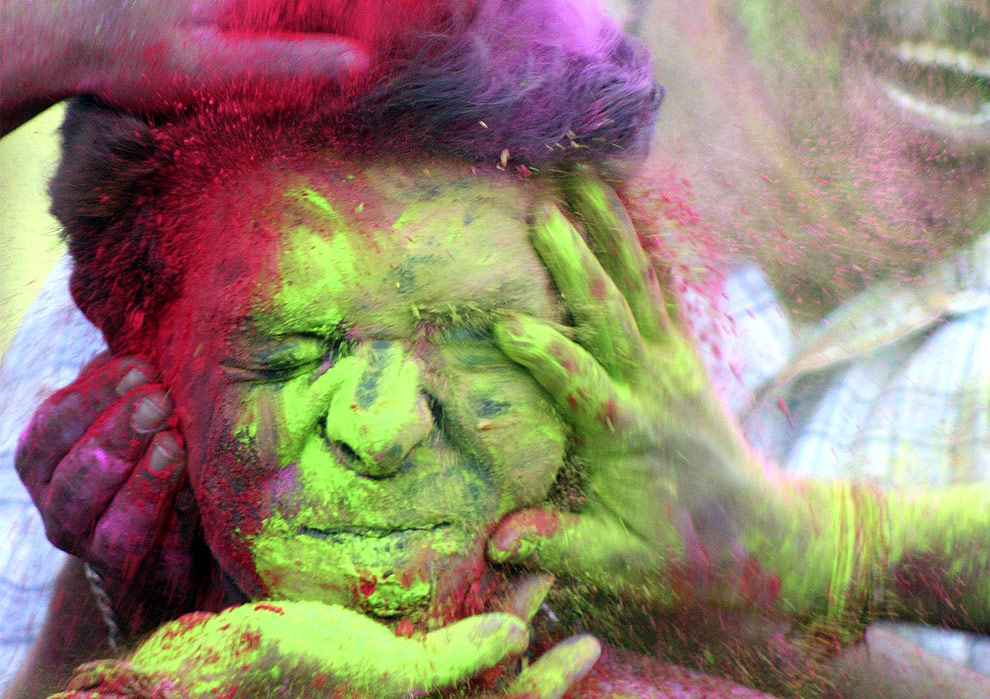
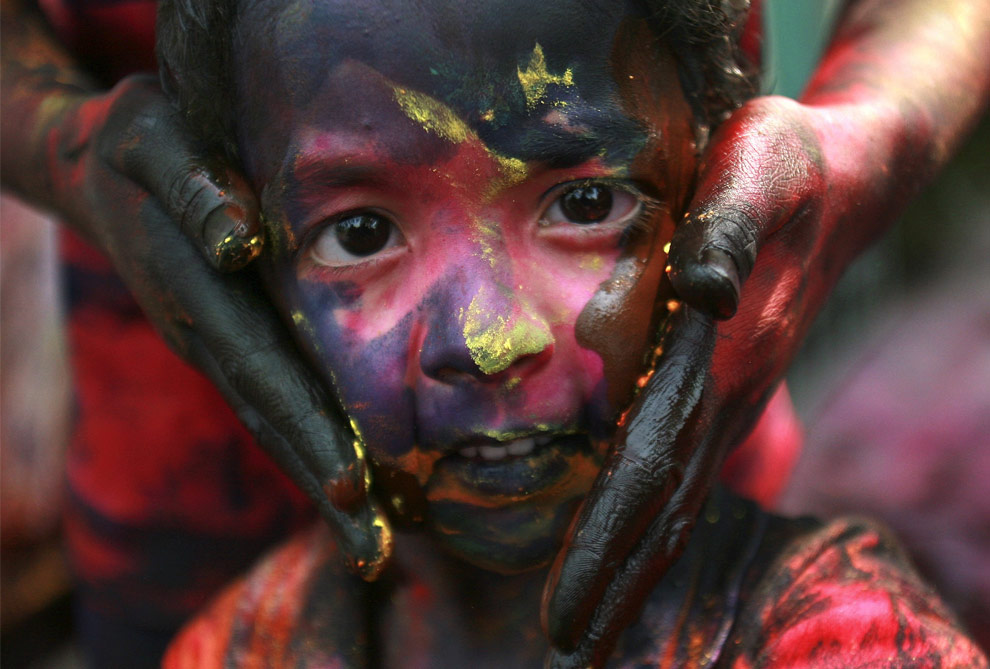
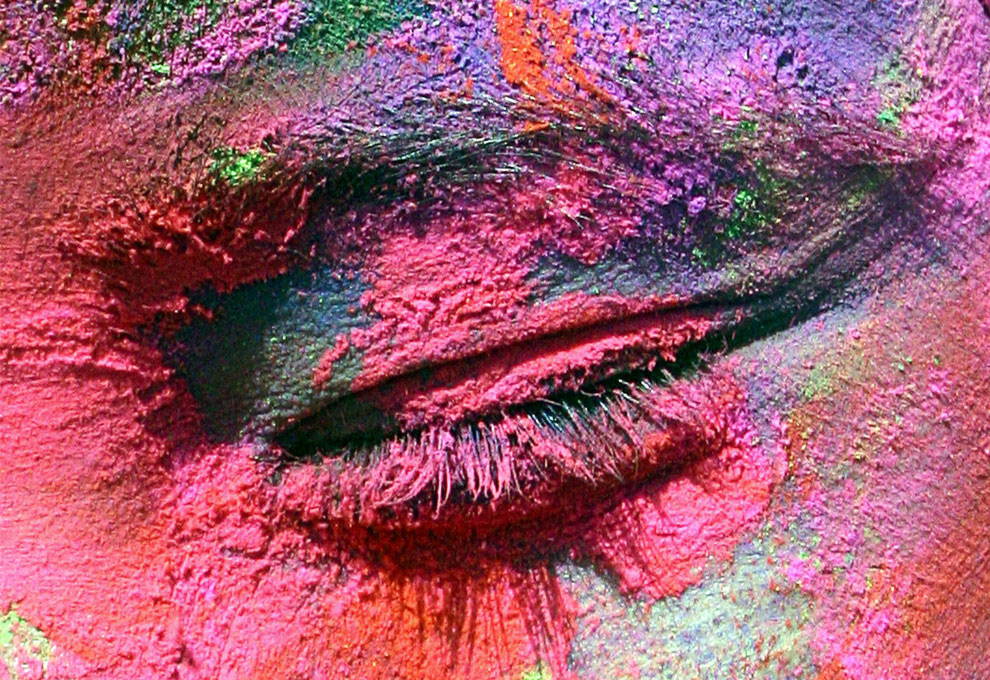
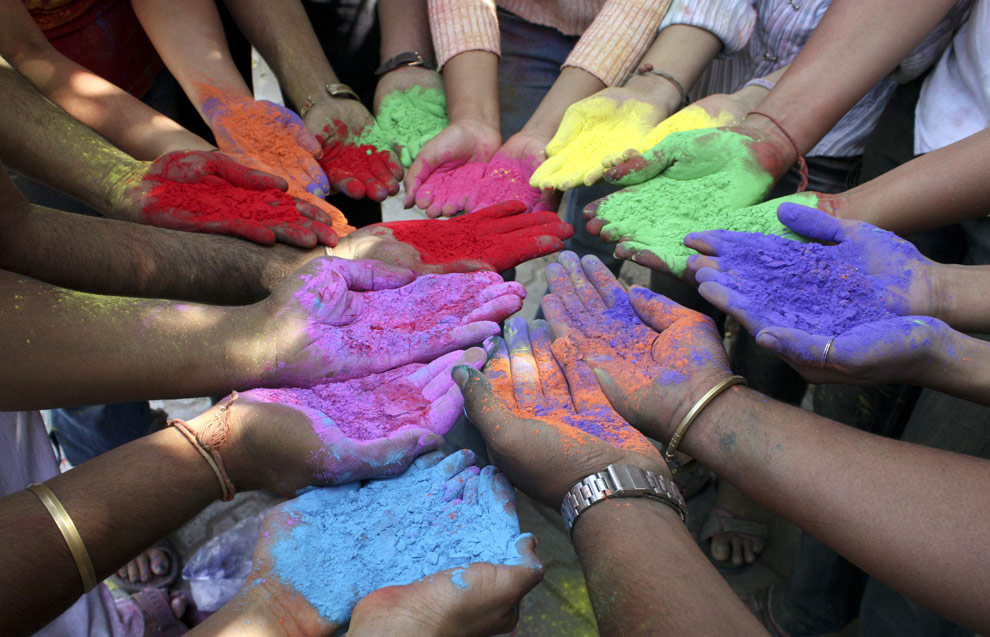








 The Current State of the Art Market Q&A with Melanie Flood of Melanie Flood Projects
The Current State of the Art Market Q&A with Melanie Flood of Melanie Flood Projects

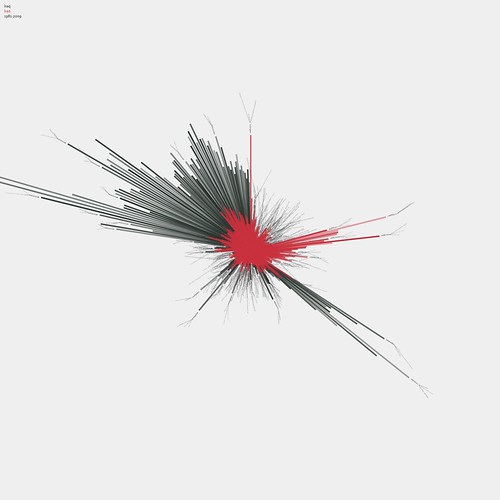
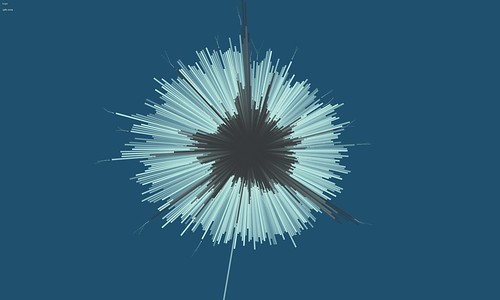

 2005 05 29
2005 05 29



 via apartment therapy...
via apartment therapy...
